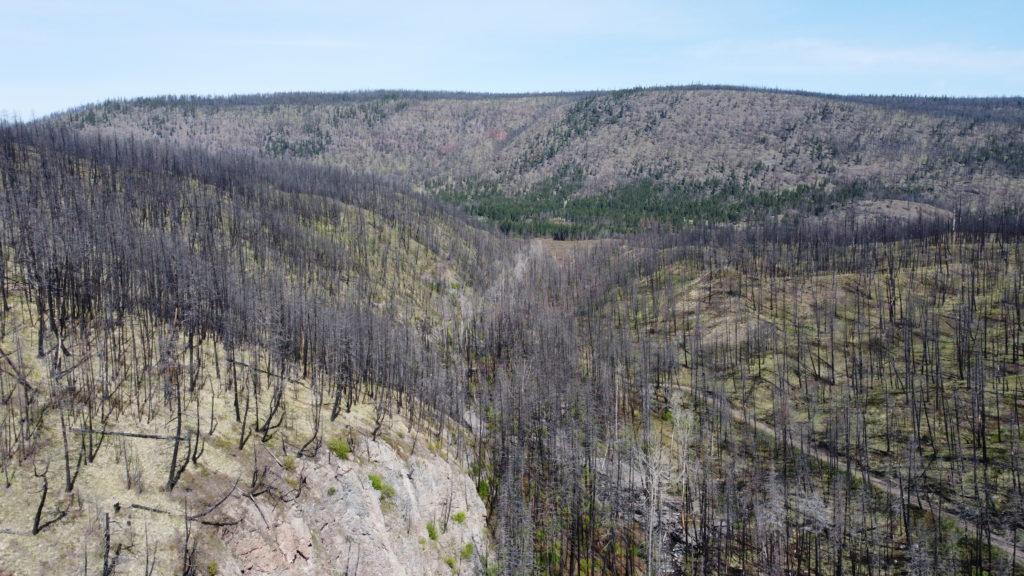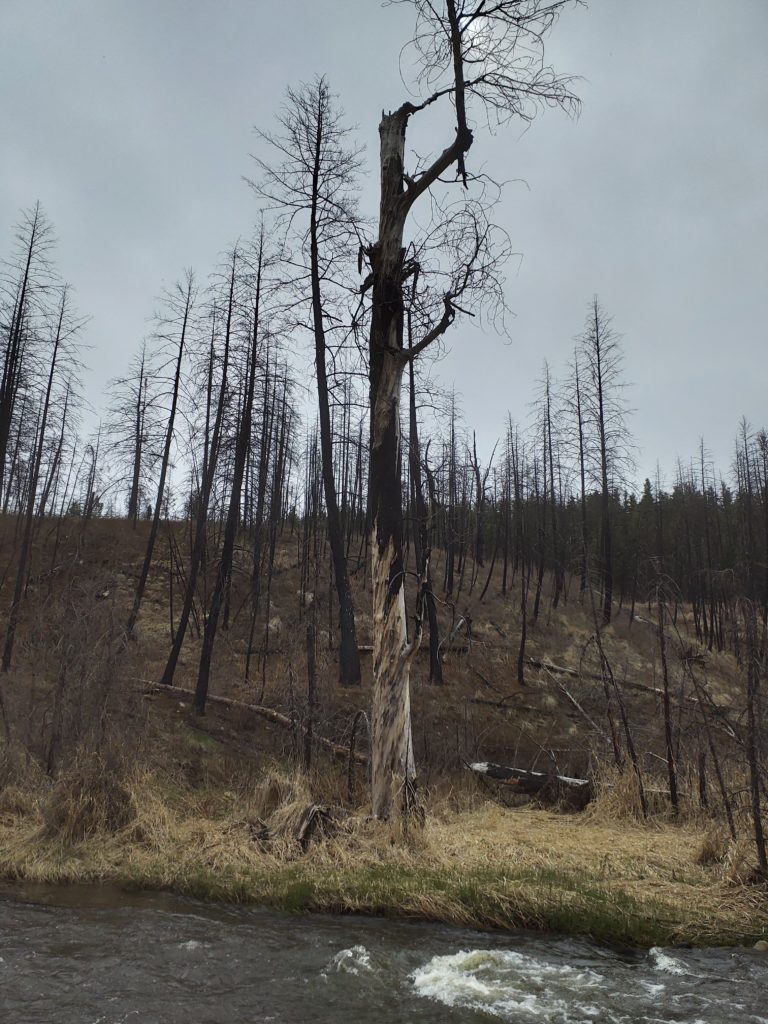The Reforesting of Elephant Hill
One of our most significant ongoing projects is the reforesting of Elephant Hill, a nearly 200,000-hectare area of Secwépemc territory near Kamloops, B.C. that burned for three months during the province’s worst-ever wildfire season in 2017. The aftermath also led to widespread erosion and, in some cases, landslides, destroying or degrading crucial salmon habitat.
We’ve since partnered with the Secwepemcúl’ecw Restoration and Stewardship Society (SRSS) — which is led by Angela Kane and represents eight member communities — on this and similar projects with additional funding support from the federal 2 Billion Trees program.
And that’s just part of the multiyear partnership. To find out more, we spoke to James Snider, WWF-Canada’s VP of Science, Knowledge and Innovation.

Tell me a little about this big project?
Over the next three years, SRSS is going to plant the better part of a million trees. It’s Indigenous-led and based around not only advancing Indigenous knowledge systems and Indigenous approaches to forest management but also in terms of delivering food security, measuring ecosystem carbon and gathering data to learn more about the growing wildfire risk from a changing climate. I think everyone can just viscerally see what’s happening to forests in this region.
How has the project evolved?
The first year of this work in 2020 was focused on training and capacity building for measurement of carbon in these significantly impacted ecosystems. Last year, we started our reforestation work with SRSS, and they planted 160,000 trees over 200 hectares.

And it’s not only the one fire — Elephant Hill was the biggest fire, but last year was the Sparks Lake and Tremont Creek wildfires. There’s been a series of significant fires that have led to major losses in these forests and ecosystems. SRSS has a significant body of work in front of them related to reforestation.
We’re also just trying to understand how much of the ecosystem carbon was lost because of these fires and what management activities can be implemented to make sure that the forest carbon sequestered here in the future is significant.
What has been the biggest challenge?
One of the big problems with reforestation efforts is accessing seedlings, so SRSS is trying to bring forward a vision to own and operate a nursery so that they can grow their own trees. Another is the survivability rate for planted seedlings because of climate impacts like extreme heat and extreme drought.
What’s next?
SRSS has really ambitious goals. By 2025, they want to start doing a million trees annually towards 10 million trees a year by 2030. Think about the scale required to reforest 192,000 hectares when we planted 160,000 trees and got 200 hectares done. So that’s their vision and to be completely Indigenous-owned-and-operated.
And we don’t need to be there all the way through. If SRSS is at scale by 2025 and this is a source of job creation and community well-being, then that’s a really great example for what can be done elsewhere to support Indigenous self-determination while fighting biodiversity loss and climate change.
This article originally appeared in our monthly newsletter, Fieldnotes. Click here to subscribe to future issues.

